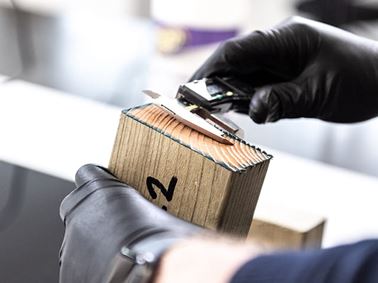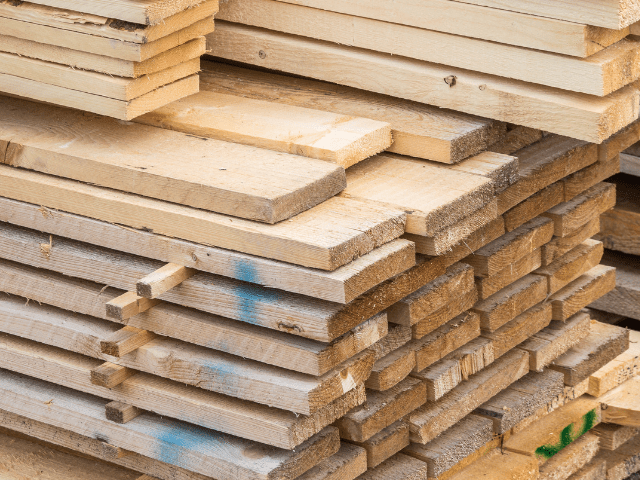BM TRADA experts’ knowledge covers best practice principles, fault finding and diagnostic work on timber cladding and decking boards. They carry out in-situ cladding and decking inspections in a variety of locations.
Cladding and decking inspections and on-site surveys
BM TRADA undertakes cladding and decking inspections on a variety of installations for clients throughout the UK and abroad. These surveys are typically carried out on behalf of suppliers of the boards, installers or building owners where there is a concern about:
- The quality of the timber used in an installation
- The quality of workmanship on-site
- Excessive movement or distortion of boards
- The discoloration of boards
- The condition of cladding and decking and the timbers to which they are fixed.
Our expertise in the use of timber for these applications is demonstrated through our external timber cladding and timber decking publications.
Our timber team also carries out practical research to understand the causes of in-service discoloration of unfinished cladding and the most appropriate means of its removal and treatment to prevent its recurrence.
Your timber cladding FAQs answered
Timber cladding is popular with building owners and architects seeking to maximise timber's unique visual appeal and environmental credentials. It is used for internal or external applications, although you must consider the durability of the timber when selecting material for external use.
Timber cladding has long been used to construct the external walls of buildings, either as the primary form of structure and enclosure or merely to enclose a separate structural frame.
As construction in the UK now embraces the concepts of sustainable development, 'dry' construction (construction without the application of plaster or mortar) and increased prefabrication, and because of the variety of profiles possible with timber cladding, its popularity is likely to rise even further.
Your timber decking FAQs answered
The use of timber for external decking has a long history ranging from its use as Bronze Age walkways in the fens, to the verandas, railway platforms, piers and jetties of the nineteenth century. In the major timber growing areas of the world, such as North America and Scandinavia, wood was used for sidewalks in the cities and lasted for many years before eventually being replaced by paving.
The deck, however, largely developed as an uncovered version of the verandas typical of frame houses of the tropics and the Southern states of America. They are an integral feature of open-air living which ties into the lifestyle of these areas. However, timber decks are now common all over the world, including the UK.
Our Services

Other Timber Inspection Services
BM TRADA has a long history of providing consultancy on a wide range of timber products and services.

Timber Preservative Testing
BM TRADA offers timber preservative testing of treated wood using test methods and protocols from relevant British and European Standards to establish whether treatment levels in wood samples have been met at the time of treatment.
Related Information

Timber Training
Our experts provide a range of courses from visual strength grading through to scaffold boards and timber frame construction.
Training Courses
BM TRADA provides a range of training courses. Our training portfolio includes timber, fire, management systems, chain of custody, sustainable supply chain and business training.
Training Booking
Download our Training Booking Form.
Training Terms and Conditions
Read the Training Terms and Conditions.
Course Directory
Download our current Training Course Directory to discover more about our wide range on offer.
Articles and Blogs
Access our library of technical articles and blogs to help you better understand our services and how we can help you.
